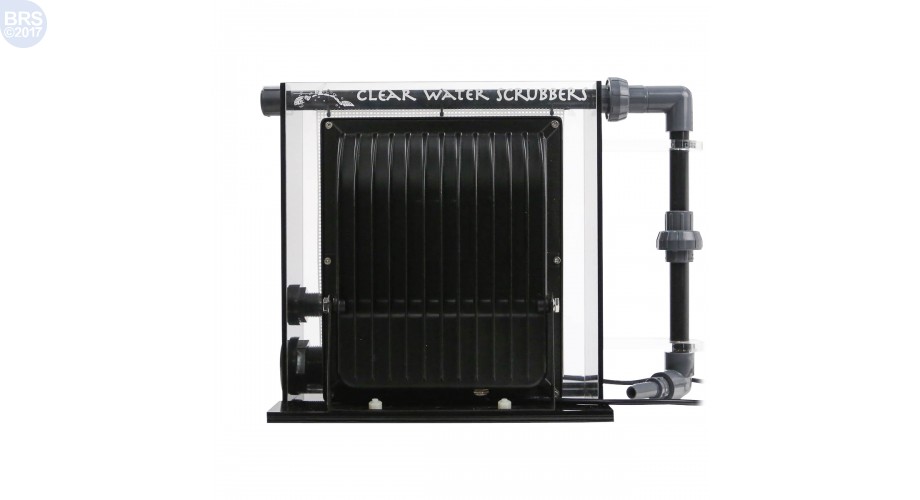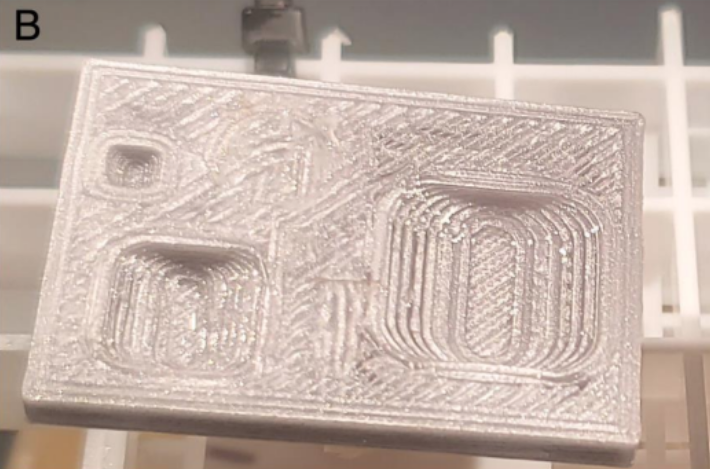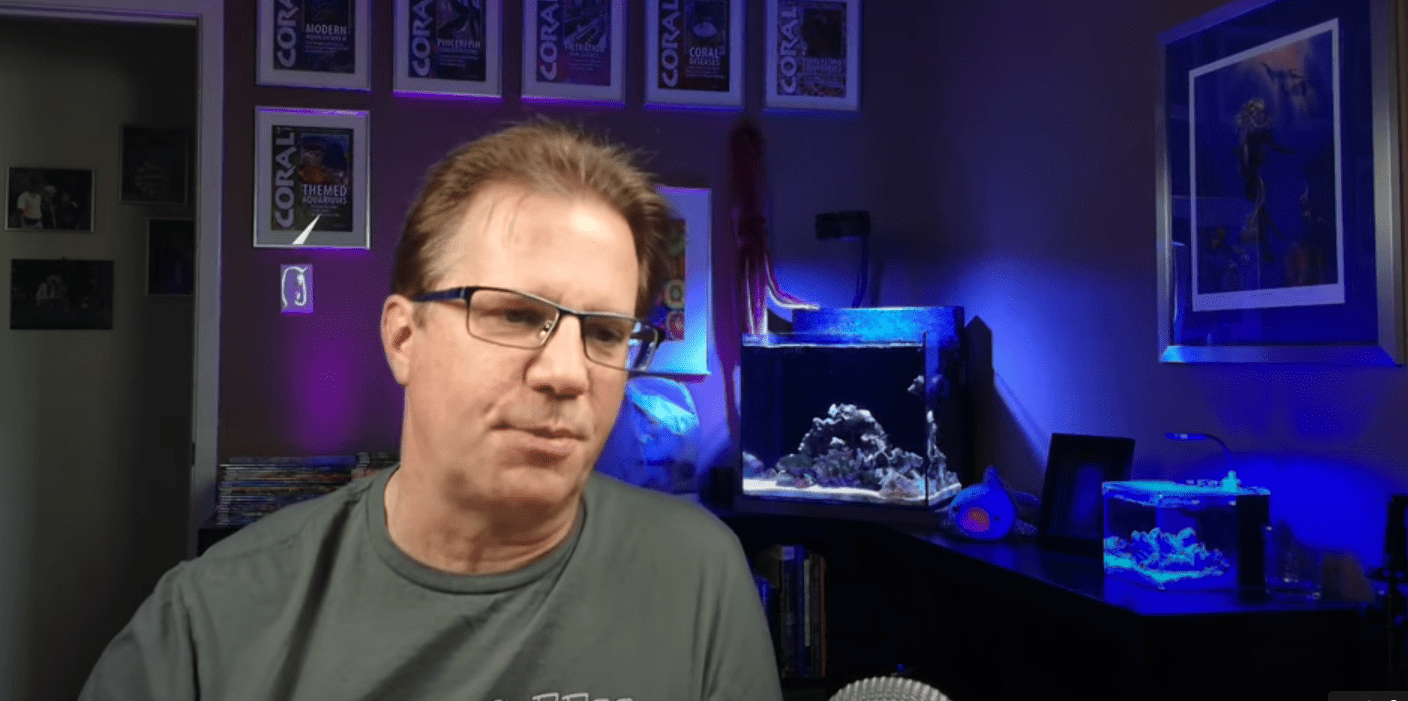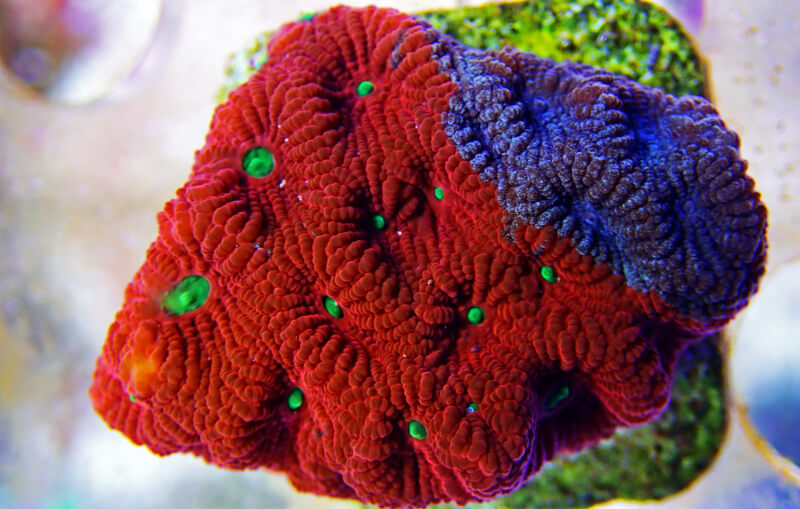Whether you are starting out or have been keeping a reef tank for a long time the number one worry that most hobbyists still seem to have is how to keep algae in check. Since the start of the hobby almost forty years ago when Caulerpa was actually kept in the tank as part of the décor, one of the biggest concerns has been, and still is, how to keep algae from becoming problematic.
It would be great if algae was only a problem for new tanks or those starting out, but even now after all we have learned and mastered, an algae bloom can still occur in just about any tank, and often for an unknown reason. It is also curious that these blooms are not just one type or species of algae, but there are now many types of algae that can cause problems. These can range from hair or slime algae to bubble or turf algae and I have even experienced issues with some types of coralline algae.
Nutrient levels
In the early years of the hobby, an algae bloom was solely attributed to the nutrient levels, nitrate, and phosphate being too high. As a result, the first major goal of almost every early reefkeeper was to keep these levels as close to zero as possible. Over time, however, we have come to realize that if nutrients are kept too low not only will algae fail to thrive, but so too will many corals. Due to our experience, it is now understood that algae issues are the result of several conditions being out of whack and not just solely due to high nutrient levels. An illustration of how much this has changed is that now many reefkeepers have found it necessary to now dose nitrate and phosphate to help their corals thrive.
What is algae?
Before understanding how to keep algae in check it is necessary to understand exactly what algae is and where it comes from. Algae are single-celled plants containing chlorophyll and can either be one-celled or grouped together in colonies or as organisms with many cells collaborating together as simple tissues. Algae can vary in size with unicellular forms being only 3-5 microns in size to giant colonies like kelp that can be 70 meters long. They grow in all bodies of water as long as light is present to allow them to conduct photosynthesis.
Algae are very heterogeneous and are thought to be one of the first organisms on earth. The two major types are the macroalgae, (seaweeds,) which occupy the inshore areas of the ocean out to the continental shelf. And throughout the rest of the ocean are the microalgae, which comprise the phytoplankton of the ocean and are critical to the productivity of the ocean and constitute the basis of the marine food chain. For the purposes of this article, the focus will be on macroalgae, which are the types of algae that can be problematic in our tanks.
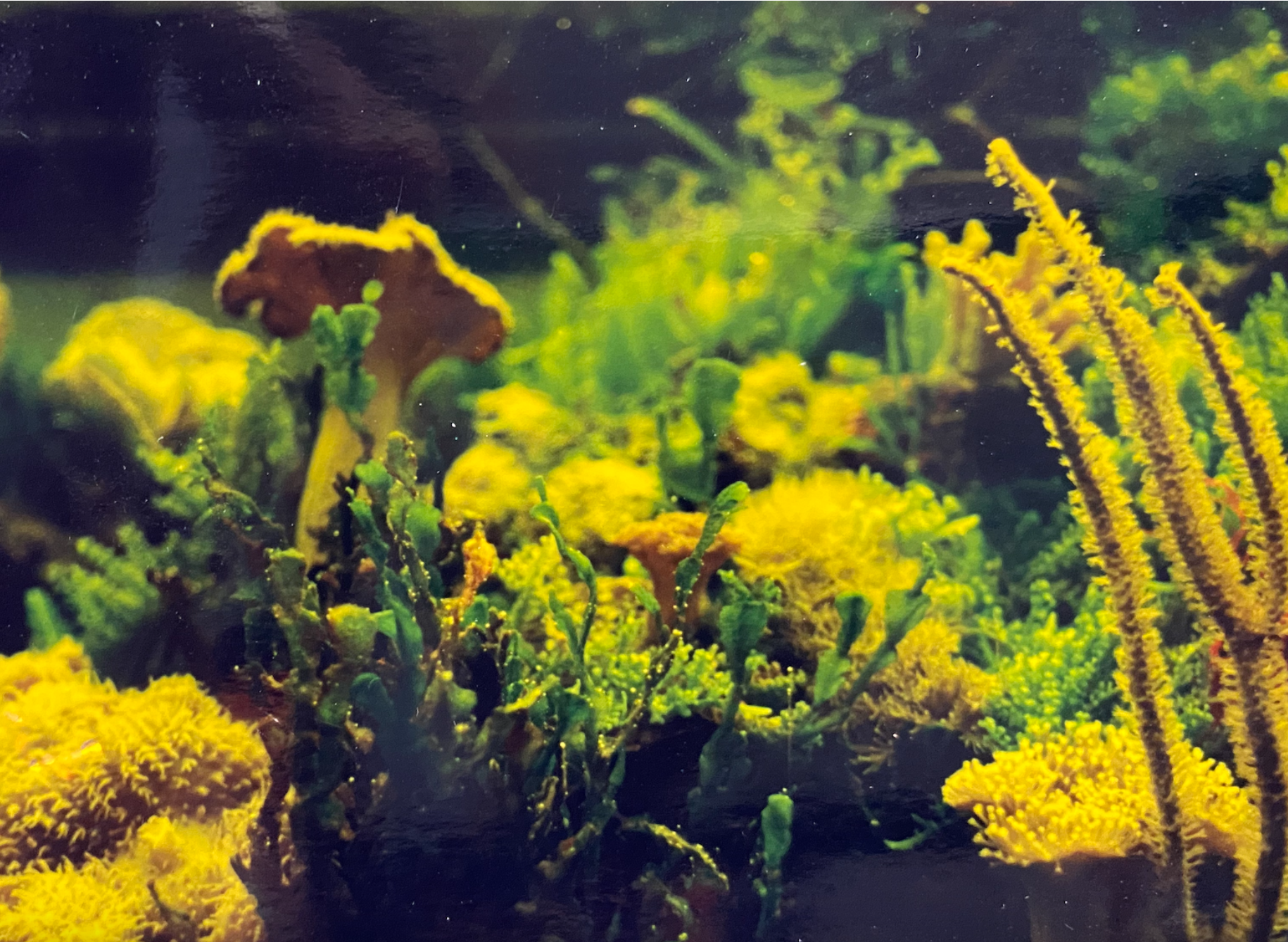
What causes algae?
Since nutrient levels have now been found to not be the cause of most algae issues, the big question is what causes this problem and why are we worried about it. The worry comes from a couple of reasons: First, most algae are not very attractive looking and detract from the look of what we think a reef tank should look like. But this is trivial compared to the main reason, which is algae can quickly grow and smother a tank and the corals within it. Most corals lack the capacity to shed algae that are overgrowing them, which results in their zooxanthellae, actually a type of algae as well, not being able to perform photosynthesis, which results in the coral’s death.
When confronted with an algae issue there are numerous recommendations on how to deal with it which will be discussed below. Before discussing them I strongly suggest that prevention and removal and treatment early on in the process should be done. Prevention is done by removing as much algae as possible from anything that is added to the tank. This can be live rock, substrate, or the bases of any frags or maricultured corals.
This can be done by not only simply scrubbing off these surfaces before adding them to tank, but even going so far as to remove any coral from a base and reattaching it to a new base before adding it to a tank. Early eradication should be done by scrubbing or removing any surfaces where algae is starting to grow before it spreads throughout the tank. It should be understood that the more algae there is the more readily it spreads so if you can eradicate it when there is only a small amount it is much easier to do. But if this has not been done there are some alternatives that have pros and cons to their use, the first of which is chemical means.
Most of the chemicals suggested to treat an algae problem are algicides in one form or another. While they may work, they can also cause instability in the tank, which has been found to be of paramount importance. They do this by affecting the microbiome and the bacteria that need to be stable in order for the corals to thrive.
As mentioned in last week’s article, all new tanks go through an ugly stage as various organisms thrive and die while the tank moves to a stable equilibrium. This is difficult to prevent and for the most part, just needs to be waited out until benthic succession is complete. But if waiting and the other means suggested below do not work, in particular if there is a major outbreak of Bryopsis, (see picture) then one chemical treatment has been found to be effective without damaging the stability of the tank long-term. This treatment is the use of Fluconazole.
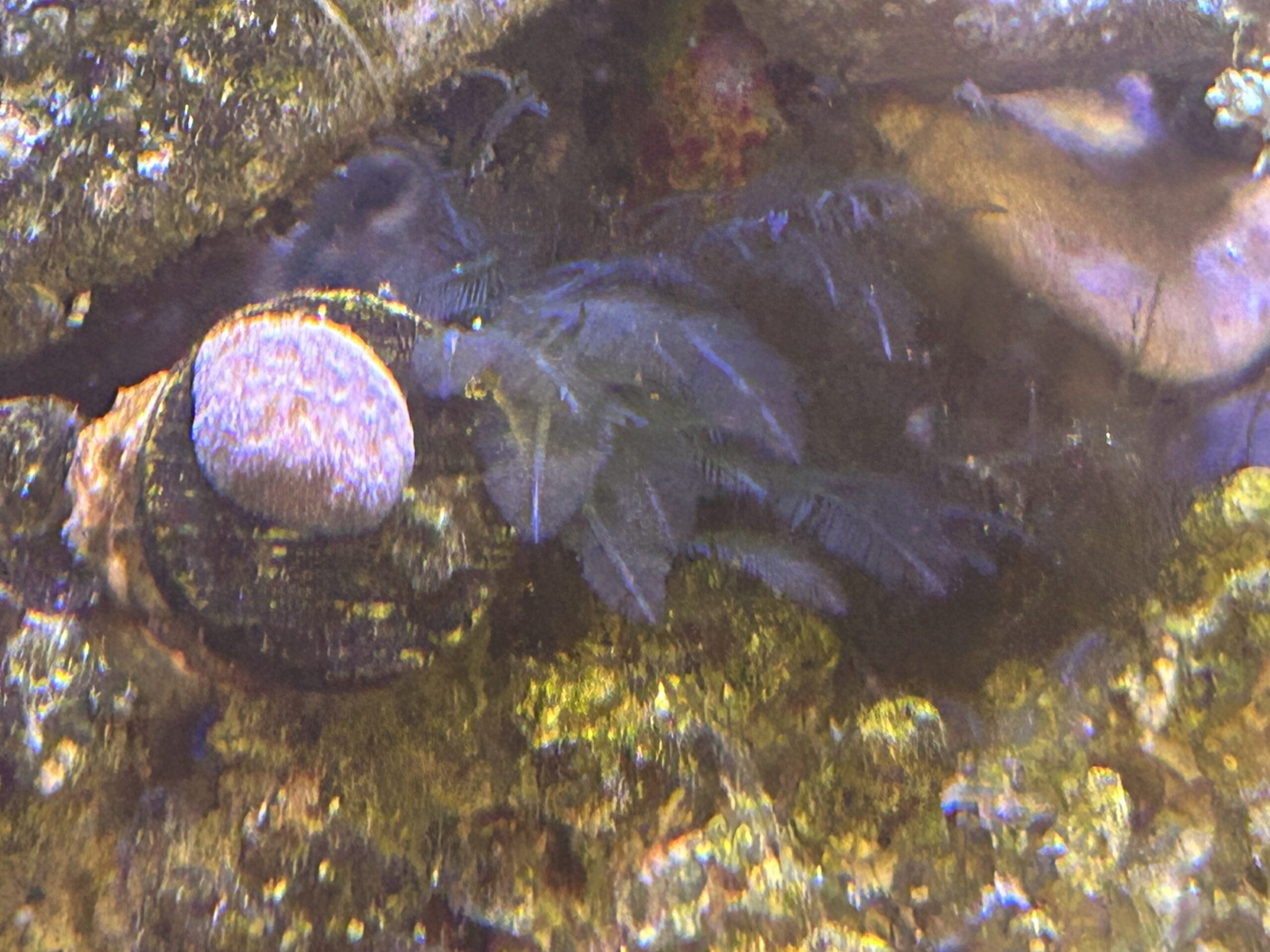
Fluconazole
This drug is an antifungal agent that has been used in humans for the last two decades. It has been found to be useful in treating some forms of algae by disrupting their ability to reproduce. So, unlike most of the other chemical agents that kill off the algae, this treatment requires time so that the algae can die out over time as it cannot reproduce. As with any chemical treatment, the directions should be followed precisely and it should be understood that it will take time for this treatment to work.
As mentioned above, in the early years of the hobby the goal was to keep nutrients near zero as higher nutrients were thought to mean more food for algae so by reducing it less algae would occur. However, over the years we have found that this is not the case, or at least there is not a linear correlation. Higher nutrients may have some relationship to higher algae levels, but the relationship is far more complex than simply higher nutrients and more algae. While this makes sense initially in a reef tank, in reality, it does not because while both corals and algae both require nutrients, algae is far more adept at obtaining these nutrients than are corals.
So even when nutrients are low, algae will take them in faster than coral. For this reason, the goal with algae is to always manage it as it will never be possible to completely eradicate it. On natural reefs where the nutrient levels are significantly lower than in our tanks, algae typically only become a problem in one instance: when not enough herbivores are present. If an adequate supply of algae-eating organisms is present, then algae does not become problematic.
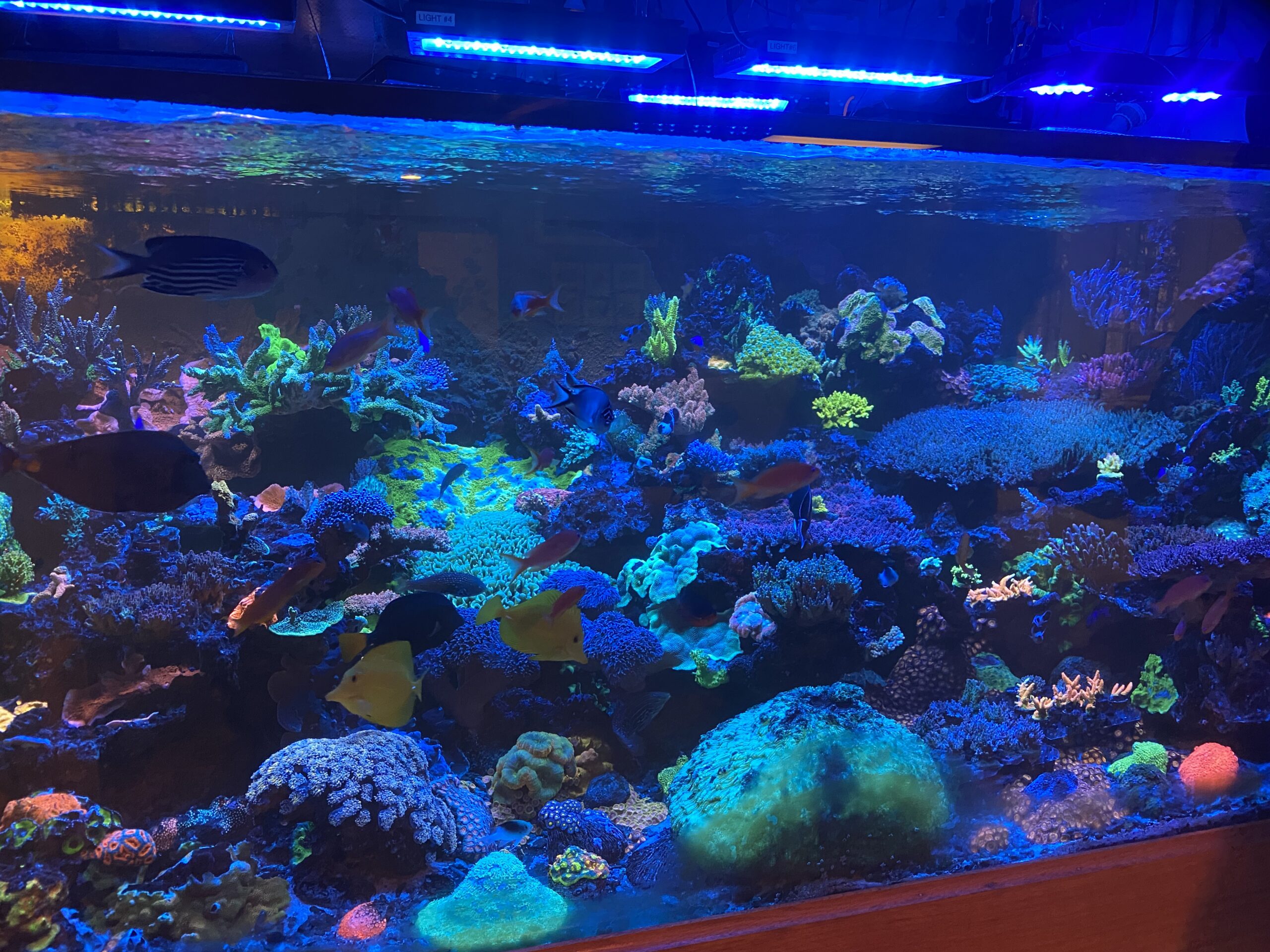
Herbivores
When diving on a reef, large patches of algae are rarely seen, but when you get close to the rocks and corals you can see that there are tiny low- growing patches of algae everywhere. While they are everywhere, they are low-growing due to the herbivores constantly mowing this algae lawn down and thus keeping it in check. So in order to get and keep algae in check the easiest thing to do is to provide an adequate number of herbivores to consume it. For this purpose, I have a high number of Tangs, Rabbitfish, and even Angelfish keeping algae from becoming a problem as well as a large number of invertebrate algae eaters, a so-called clean-up crew. The various members of the clean-up crew will be discussed in the next article.
Having a large number of herbivores does help keep algae from becoming problematic, but they do not cure all ills. The reason they cannot solve all algae problems is twofold: they do not eat every type of algae, so over time, these unpalatable types tend to become dominant. Or the algae grows so thick or high that the herbivores are unable to consume it when it is too big.
When either of these condition occur, this leaves several alternatives. The first is to manually remove the untouched algae. This may entail taking the live rock out and scrubbing it with a stiff brush or scrubbing the rock while it is in the tank. If this is necessary, I have found doing this while doing a water change and siphoning out the algae as it is scrubbed off to aid in reducing it over time.
It has been my experience that after this algae is scrubbed off and reduced to short-length growth this shorter algae is often more palatable than when it is long so the herbivores work on it. This physical removal can often be enhanced by giving the tank a two to three-day blackout period. Reducing the light for a couple or three days often weakens the algae enough that it is easier to remove than it would be if no blackout period is provided.
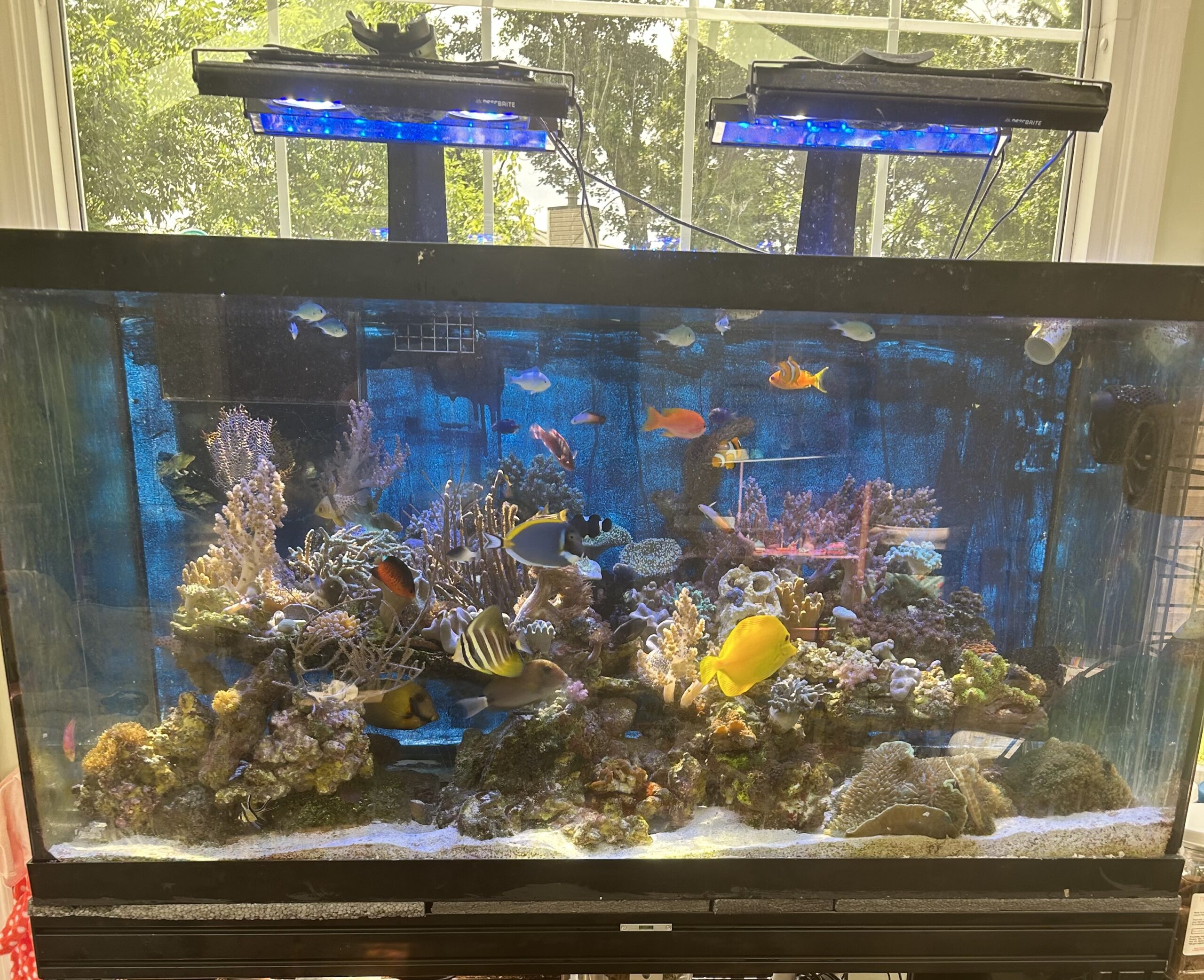
Algae scrubbers
If this problem is persistent and it is not possible or desired to add an adequate supply of herbivores an alternative is to add an algae scrubber to compete with the algae in the tank outside of the tank. Basically, an algae scrubber is an external locus for algae growth in which conditions are set up that allow the algae in or on the scrubber to outcompete the algae in the tank for nutrients and thus limit the growth potential of the algae in the tank. These scrubbers have gained more popularity over the past few years and are available in several different formats.
All of the remedies discussed should be done with the understanding that they will help to keep algae at a manageable level, but there will always be algae in a tank. Keeping herbivorous fish helps in this battle, as does the employment of various algae-eating invertebrates. If an algae bloom occurs do not despair, as it happens to most of us, the goal is to control it early in its genesis, try to determine what may have caused it, and fix that, but do not manipulate things that cause drastic changes in the tank’s stability. While algae can be a pest and is always present, understanding that it needs to be managed rather than completely eradicated does provide some solace.
